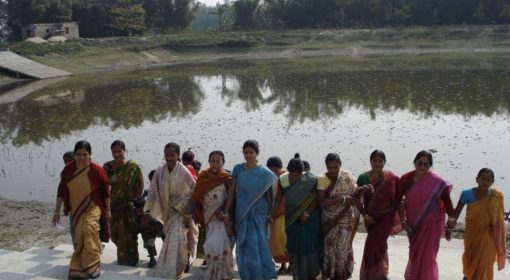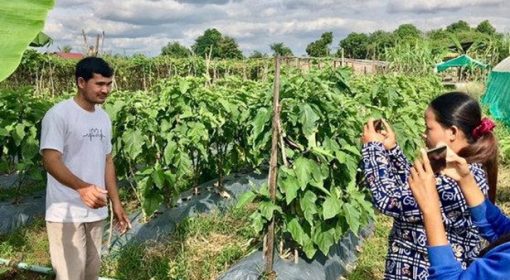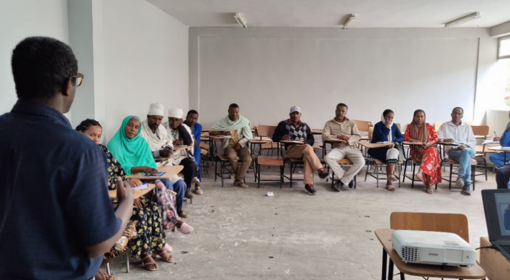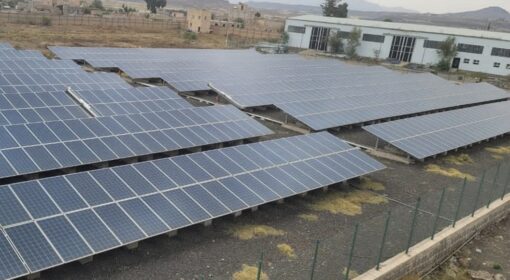The Power of Peers: Community Certification
by Frank van Steenbergen :: June 14, 2019
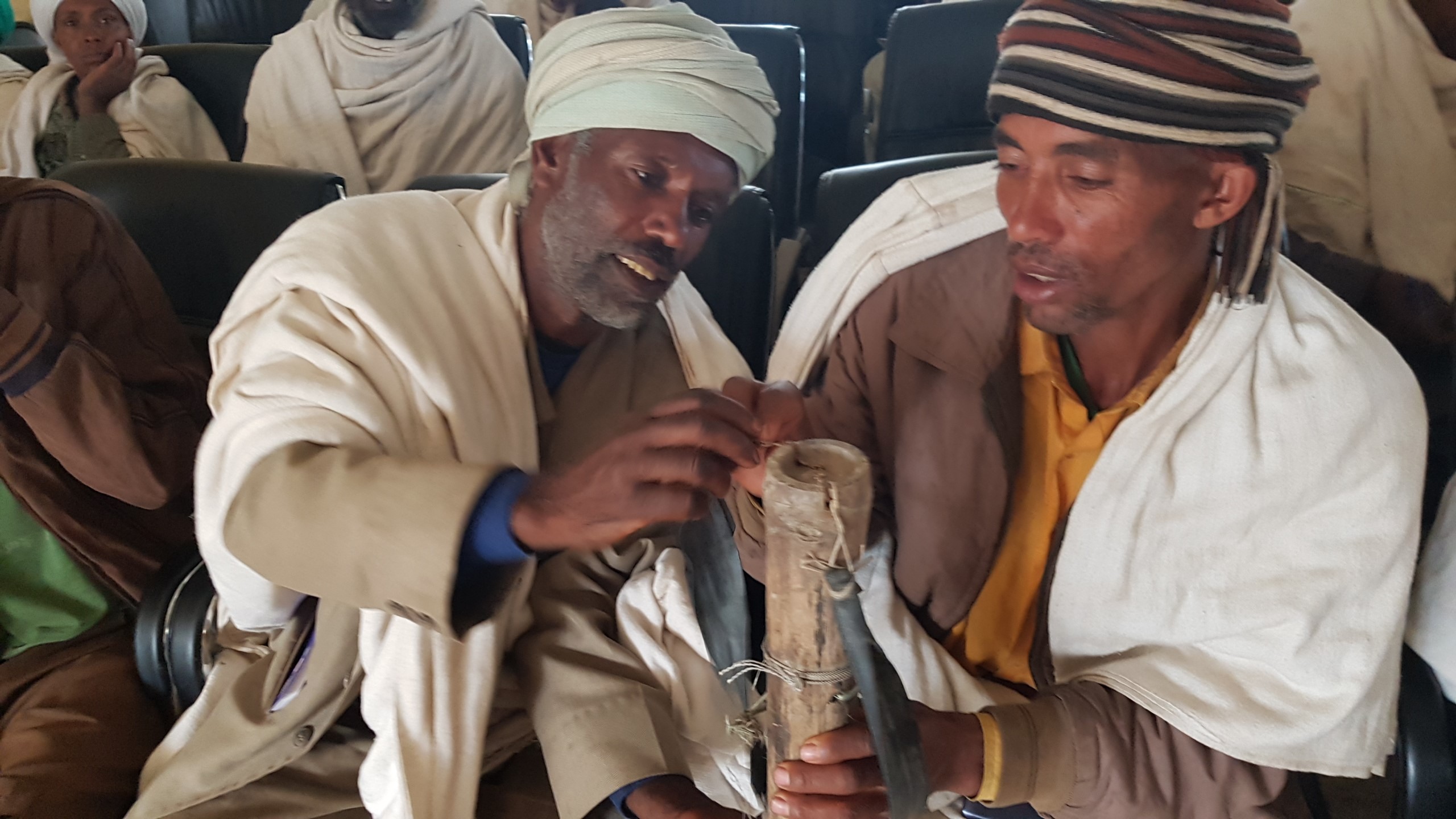
We have written earlier on the power of peers – a most powerful way of accelerating learning and identifying best practices. By making people learn from each other and organizing competitions and treasure hunts among them, people are more convinced and confident that they can make the same change and even feel the urge to outperform others. (See blog: ‘The Power of Peers…’ , and Dossier ‘Video-centred Horizontal Learning’)
Put this horizontal learning against the classical vertical learning, where it is not uncommon for the teacher to keep his distance, have nothing to show for, and confuse the learner. Horizontal learning on the other hand motivates and empowers, creates a common spirit for change – all intangibles that make a difference. Horizontal learning is also a great multi-plier: with its simple methods, outreach can be increased three or four-fold.
The peer-to-peer processes of horizontal learning can be taken a step further by engaging it not just for learning but structuring it for peer reviews and community audits. Rather than having assessments done by external parties, peers evaluate each other and certify each other’s performances – whether in the areas of clean production, the absence of exploitation, proper sanitation, keeping areas free of pests, or any other.
Vertical certification systems in fair trade or clean sourcing are notoriously expensive and cumbersome. They are the ‘Achilles heel’ of value chains. They take large parts of the costs and eat into the fair price and rewards to the producers following the good practice. As the bonus for the good practice for those in charge is minimized, an alternative has to be found.
Bring in the peer-to-peer review. It is a practice that has been used with fabulous success and yet is still not fully exploited. It is common in quality control among professionals and in the inter-vision among coaches, but has also been used among senior government in Africa, who review each other’s policies in implementation of human rights, economic governance and resource management (see https://www.aprm-au.org).
The peer-to-peer review process can be taken into the realm of community certification. Here neighbours and close peers review the performance of each other and officially certify whether the neighbour for instance produces organically, whether they have taken all measures to control rodents, whether they have safe sanitation practices, and more.
How does it work? One can compare this to the system of micro-credit whereby peers stand guarantee for the creditworthiness of a lender without a physical collateral of her/his own. In community certification, neighbours using short factsheets assess the performance of one of their neighbours and assess whether she/he is meeting the criteria set. This is then part of a larger effort to declare the community free of pesticides, unhealthy practice, abuse, or other.
The effects are multiple. Firstly, the awareness of good practice being talked about in a pleasantly compelling way. Peer- to-peer reviews help to set new norms and standard. Secondly, it creates the possibility and generates the effort to have an entire area certified by community engagement. This may help, for instance, get small producers into the bonus productions. It counters a trend whereby organic wholesalers either source their own supplies or work with large parties. Thirdly, it sets up a more sympathetic system of accountability: with accountability geared primarily towards those near to us, and not to those far away who maybe disinterested in how we are and yet powerful.
